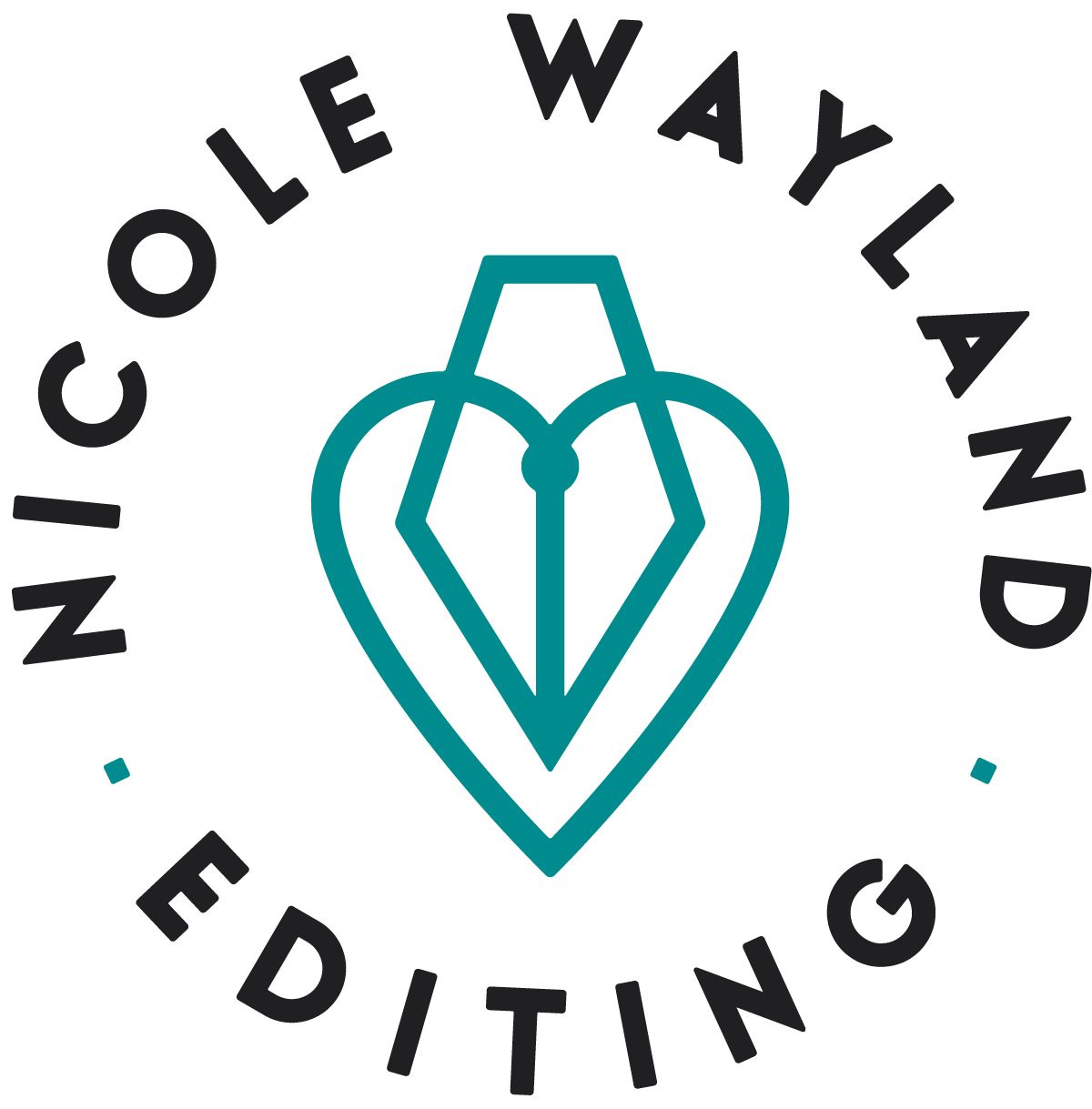“I am a freelance copyeditor and proofreader.” This is my simple reply when asked what I do for a living, and I have become less and less surprised when my statement is followed by confused looks and questions like, “Isn't that the same thing?” or “So you spell-check documents?”
Copyeditors Are Not Proofreaders
The duties of a copyeditor are quite extensive and difficult to describe in one neat, simple sentence, so it’s not surprising that many people are unclear on what it means to be a copyeditor. But before we get into the nitty-gritty of it, let’s get one common misconception out of the way: copyeditors are not proofreaders—although many copyeditors are also good proofreaders. The Copyeditor’s Handbook (3rd Edition) describes it best:
Copyeditors work on an author’s manuscript and are concerned with imposing mechanical consistency; correcting infelicities of grammar, usage, and diction; and querying internal inconsistencies of fact or tone. Proofreaders, in contrast, are charged with correcting errors introduced during the typesetting, formatting, or file conversion of the final document and with identifying any serious errors that were not caught during copyediting. (2011, 11)
So, copyediting comes first, then proofreading—they are two different and distinct stages in the publication process.
What Does a Copyeditor Do?
Let’s break down the main responsibilities of a copyeditor based on the previous quote from The Copyeditor’s Handbook (this list is not exhaustive):
Imposes mechanical consistency. Correct errors in spelling, capitalization, hyphenation, and punctuation (what’s the difference between a hyphen, an en dash, and an em dash?), as well as make changes to ensure a manuscript conforms to the appropriate editorial style (in academic editing, this would often be either Chicago, APA, or MLA style).
Corrects infelicities of grammar, usage, and diction. Amend wording that is likely to distract or confuse a reader. A copyeditor will use various editing resources as well as his or her own judgment to make these changes, as the rules for this facet of editing are often subjective. A good copyeditor will know when to hold back and when to make a change. A helpful question to ask while editing is: “Is this sentence technically correct as the author has written it?” If the answer is “yes,” leave it. Never change a sentence that is technically correct simply because you would prefer to write it another way.
Queries internal inconsistencies of fact or tone. “On Monday, March 15, 2016,” is an example of an item that would need to be flagged for the author and not just simply changed as there is more than one possible change. For example, it is possible the author meant Monday, March 14 (“Monday” is correct), or the author might have meant to write “Tuesday” instead of “Monday” (making “March 15” correct). Although copyeditors aren’t responsible for the factual accuracy of a manuscript, a good editor will flag any consistencies he or she finds and ask the author to confirm.
What Does a Proofreader Do?
Based on the definition from The Copyeditor’s Handbook, a proofreader checks for errors in the book proof, which is normally in PDF format. A proofreader should be on the lookout for problems such as incorrect change in font style or size, line break errors, inconsistencies in chapter headings, and so on. He or she will also read through the book from start to finish and identify any errors that were not caught during the copyediting stage (because no one is perfect!).
I hope this information is helpful! Please feel free to leave comments/questions below!
Einsohn, Amy. The Copyeditor’s Handbook: A Guide for Book Publishing and Corporate Communications. 3rd edition. Berkeley: University of California Press, 2011.

